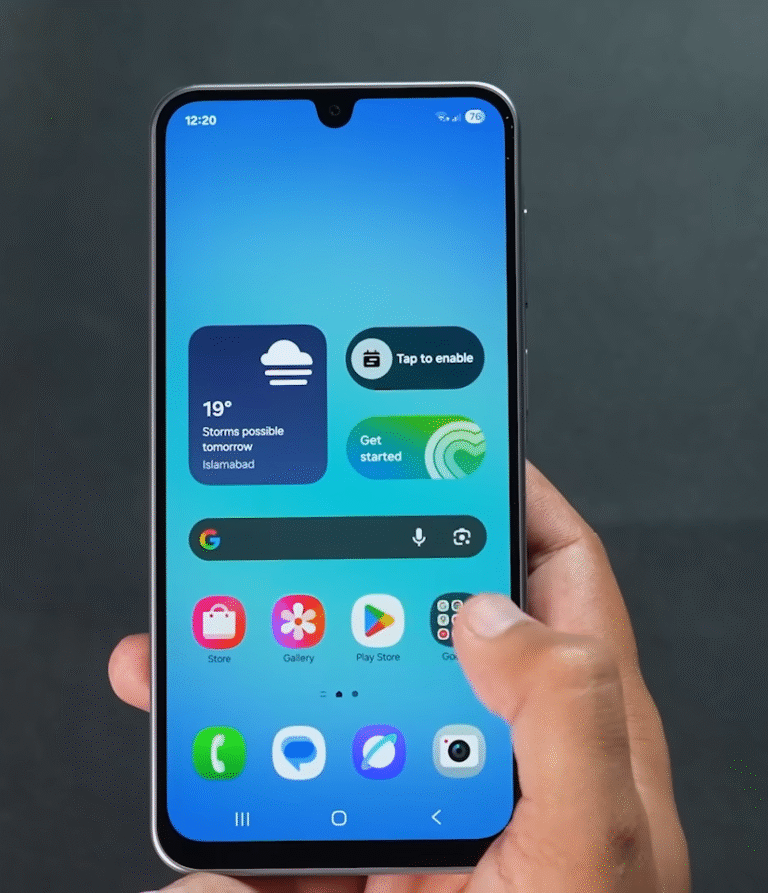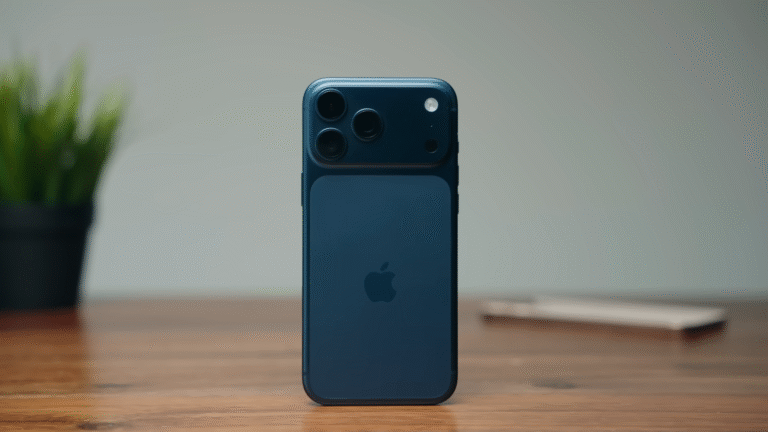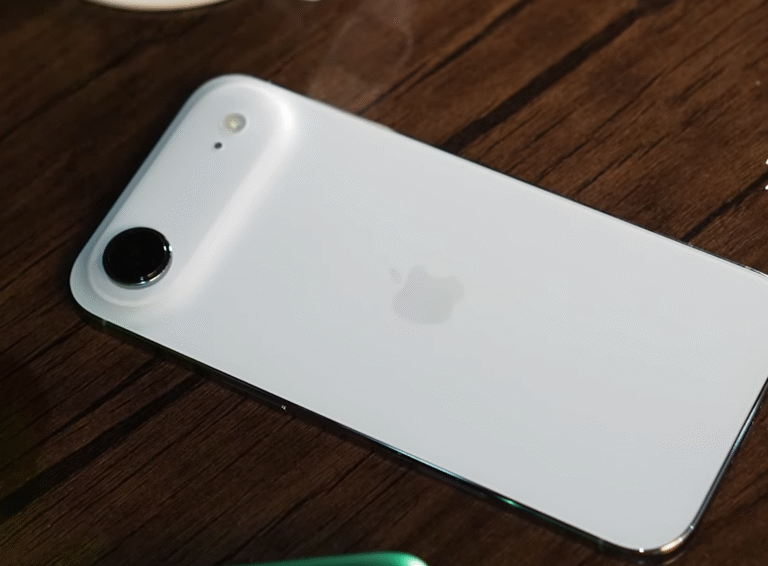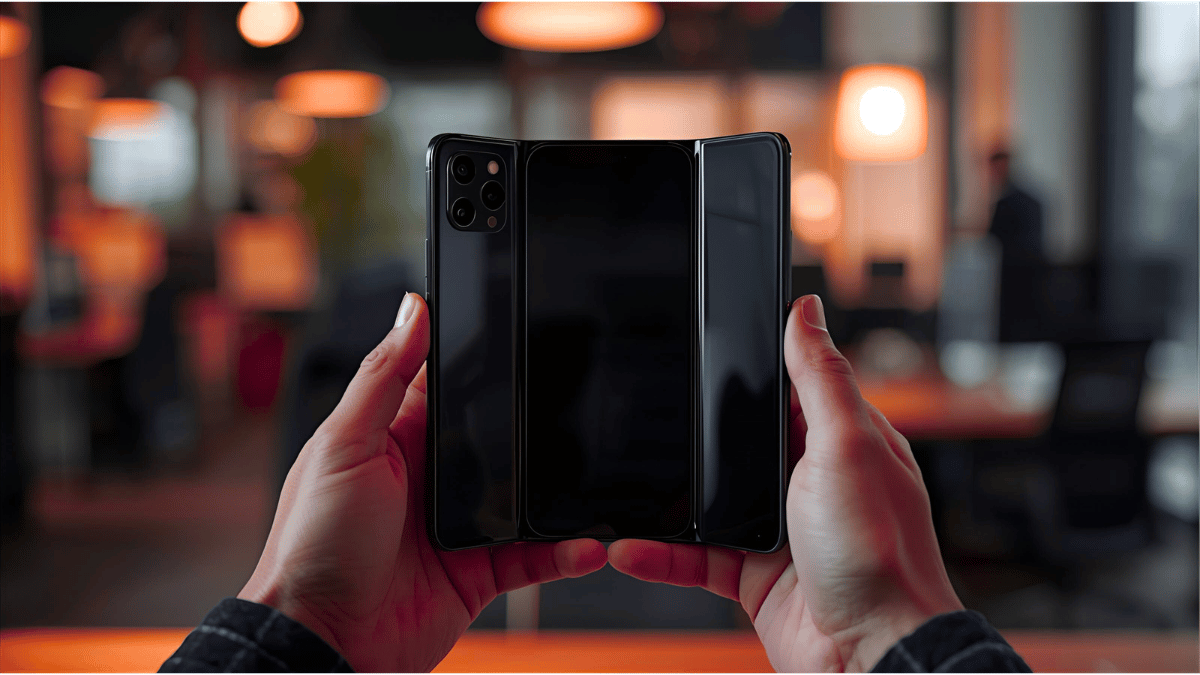
The smartphone world is changing again, and this time it’s folding. For years, we’ve seen the same basic shape: a flat rectangle with a touchscreen. But now, foldable phones are starting to reshape how we think about mobile devices. With Samsung’s recent launch of the Samsung Galaxy Z Fold7 and Samsung Galaxy Z Flip7, the foldable trend is becoming more exciting than ever—and rumors suggest that Apple could soon join this race with its first foldable iPhone, possibly in 2026.
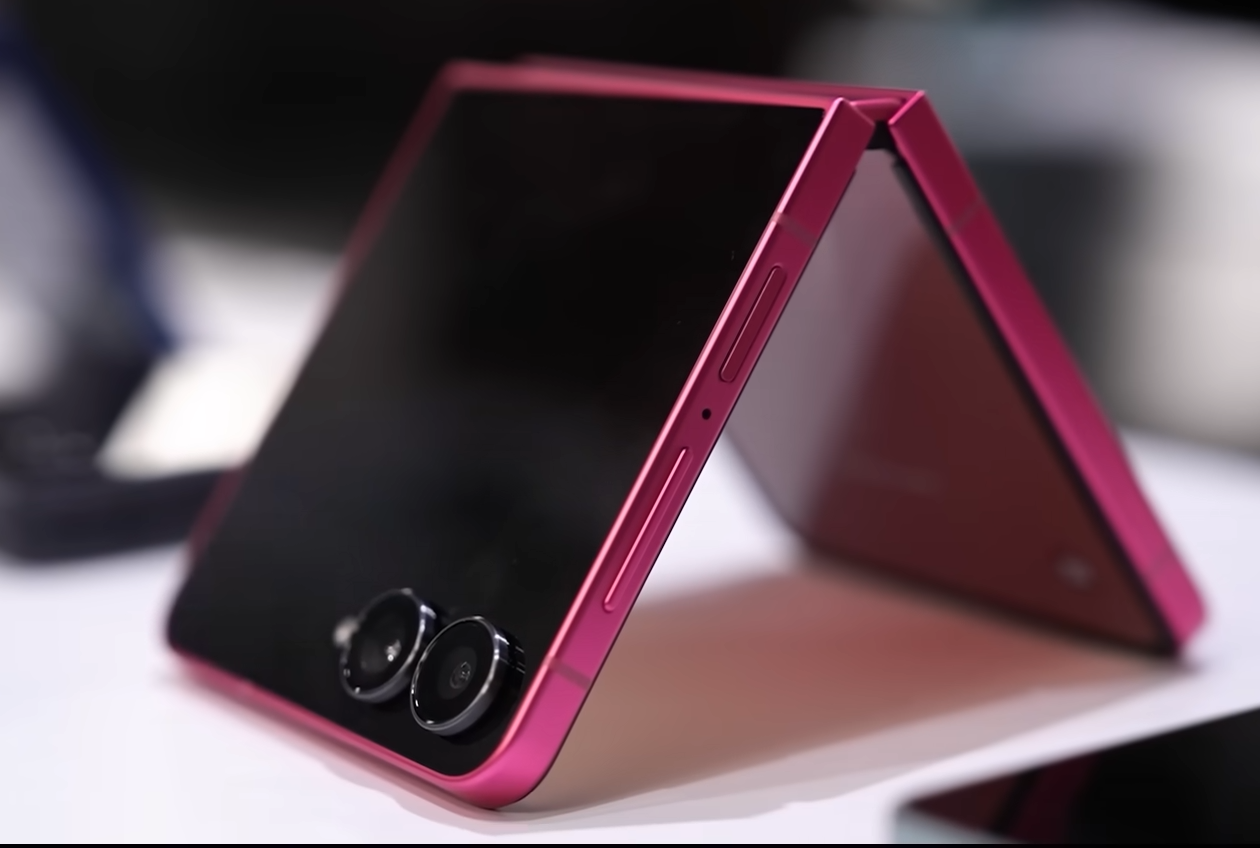
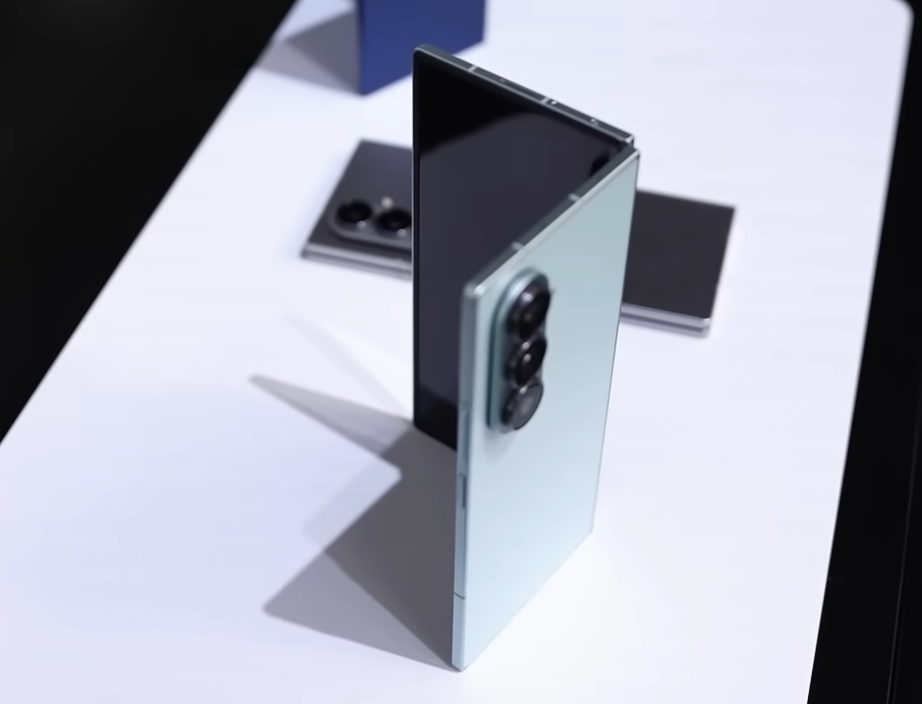
This new category of devices promises something more than just minor camera upgrades or slightly bigger batteries. It’s about changing the shape of the smartphone itself, offering a big-screen experience when you need it, and a compact phone when you don’t. But will foldables really become mainstream? And what would it mean if Apple enters this market?
Let’s dive deep into how foldable phones are evolving, what challenges they face, and why Apple’s potential entry could change everything.
📈 The Rise of Foldables
Foldable phones might seem futuristic, but the concept has been around for years. The first real attempt came in 2018 with the Royole FlexPai, followed by Samsung’s original Galaxy Fold in 2019. It was an ambitious idea—combining the portability of a phone with the screen size of a small tablet. But early models had problems. Screens were fragile, hinges collected dust, and the devices were thick and heavy.
Still, foldables didn’t disappear. Instead, they got better. Samsung refined its design year after year, solving durability problems and making them slimmer and more reliable. Motorola brought back its iconic Razr as a modern foldable. Google launched the Pixel Fold. Huawei and Xiaomi joined in from China, making their foldables lighter and thinner. Even Nokia returned to the flip phone game with modern features.
Today, there are around 8–10 different foldable models on sale in the U.S. from major brands. Samsung leads the way, and it says demand is booming. Their newest models, like the Z Fold7 and Z Flip7, have broken preorder records and are being marketed as mainstream devices rather than niche tech toys.
🏗 How Foldables Are Evolving
The foldable concept started as a bold experiment, and now it’s becoming practical. Modern foldables are slimmer, stronger, and offer better battery life. For example, Samsung says its latest foldables are only about 8.9mm thick when closed—close to a normal phone—and last just as long on a single charge.
These upgrades matter because, early on, durability was the biggest barrier. Dust could slip under the screens, hinges could wear out, and the crease in the middle was distracting. People worried these phones might only last a year or two. But that perception is changing. Today, consumers expect foldables to survive three or four years of daily use, thanks to stronger hinges and tougher ultra-thin glass.
Price has also been a challenge. Foldables have mostly cost between $1,500 and $2,000, making them luxury devices for tech enthusiasts. But Samsung is starting to lower prices—its new Z Flip7 launched for under $1,000. As production costs go down and competition grows, foldables are slowly becoming more accessible to everyday buyers.
🍎 Will Apple Join the Foldable Race?
Perhaps the biggest question now is: will Apple enter this market? For years, there have been rumors about a foldable iPhone. Recent reports suggest Apple could launch its first model in fall 2026. According to industry analyst Ming-Chi Kuo, Apple is testing a book-style foldable iPhone with a 7.8-inch inner display and a reinforced hinge for durability.
Apple’s approach is usually not to be first, but to wait until the technology matures. That’s what it did with smartphones in 2007, smartwatches in 2015, and even larger iPhones years after Android phones went big. If Apple joins now, it likely means it believes foldable tech is finally ready for the mass market.
Apple would also focus heavily on user experience. That means making sure the screen feels smooth, the hinge lasts for years, and the software fully takes advantage of the larger screen. If Apple can deliver all of that—and keep the price competitive—it could bring foldables from a niche product to the mainstream almost overnight.
🤖 AI Meets Foldables
Samsung and Google are already promoting foldables as “AI-first” devices. The larger screens allow for more powerful multitasking and creativity tools. For example, Samsung’s partnership with Google enables “Circle to Search” on its large displays, where users can circle something on-screen and get information instantly while still viewing their original content side by side.
Artificial intelligence can make foldables more useful. On a bigger screen, AI tools can handle tasks like summarizing documents, editing videos, or generating content more easily. This could help make foldables appealing for both work and entertainment, blending productivity and creativity into one device.
If Apple adds its own AI features—like upgraded Siri, on-device intelligence, or advanced creative tools—a foldable iPhone could become the ultimate all-in-one productivity and entertainment device.
⚡ The Challenges Ahead
Even with all the excitement, foldables still face major challenges:
-
High Prices: Most are still more expensive than standard smartphones. This limits their audience to tech fans and early adopters.
-
Durability Concerns: Although much improved, foldables still involve complex engineering and moving parts that some consumers worry about.
-
Niche Market Size: Foldables currently make up less than 2% of global smartphone sales. They’re more popular in markets like South Korea and China than in the U.S.
-
Perception: Many people still see foldables as experimental or fragile, which makes them hesitant to buy.
For foldables to truly go mainstream, they need to be priced only about 10–20% higher than regular phones, while offering clear advantages. The idea is simple: if you could buy one device that works as both a phone and a tablet, why carry two? But to convince everyday users, foldables must feel just as reliable, sleek, and affordable as any flagship phone.
💡 Why Apple Could Change Everything
If Apple enters the foldable market, it could transform it. Apple has one of the strongest brand loyalties in tech. Millions of people buy new iPhones every year, even for small upgrades. If Apple releases a foldable iPhone that works smoothly, feels durable, and offers a truly seamless experience, it could push foldables into the mainstream much faster.
Apple also has the power to build an ecosystem around a foldable device—optimizing iOS, the App Store, and its other products to make the most of the larger screen. Just as the original iPhone changed what we expected from a phone, a foldable iPhone could change what we expect from a mobile device.
📍 The Road Ahead
Right now, foldables are still a small part of the smartphone world, but they’re growing. Samsung believes the form factor is “inevitable” in the long run, and many analysts agree. As prices fall and durability rises, foldables could become the default design in the future.
In the near term, Samsung and Huawei are leading, Google is experimenting, and Motorola is bringing back nostalgia. But if Apple steps in, the competition will heat up quickly—and the whole market could shift.
Foldables promise something people have always wanted from tech: one device that can do it all. A phone when you need something compact, and a tablet when you need more space. It’s a simple, powerful idea. The only question is whether the technology—and the price—can match that promise.

